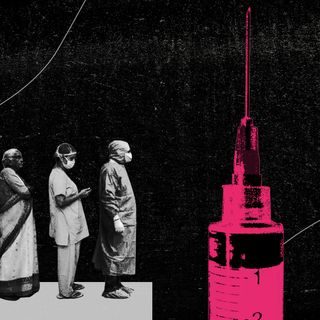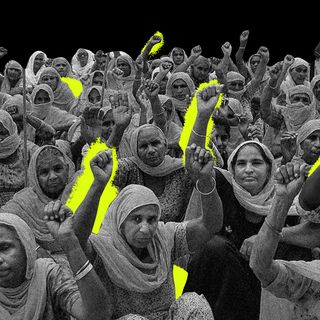Tamil Nadu has reduced road deaths by more than 54% since 2016 and road accidents by nearly 38%. Its wide-ranging policies offer a roadmap for other Indian states to do the same, even as vehicle sales increase across the country.
India loses 415 lives per day in road crashes, the most of any country across the globe. Tamil Nadu, with around 2 crore drivers’ licenses, a little over 3 crore registered vehicles, and one of the largest road networks in India has traditionally topped national rankings of states’ road accidents and deaths.
But the efforts by the Tamil Nadu administration aimed at raising road safety awareness and decreasing fatality on the roads offer lessons for the rest of the country. The state, which just received an award on road safety this week from the Centre, now has the national road transport ministry and the World Bank propagating the “Tamil Nadu model”: identifying the exact cause of fatalities, making sure ambulances reaching accident sites within 13 minutes, redesigning spots that were prone to accidents, and smoothing coordination among relevant agencies.
Related on The Swaddle:
Road Accidents Cause Most Unintentional Deaths Among Children in India
A Supreme Court Committee on Road Safety in 2016 had set a target of reducing fatalities by 50% nationwide by 2020. At the time, with over 70,000 accidents killing 17,000 people, Tamil Nadu was the worst performer. Four years later, however, the state surpassed its target.
The state curbed accidents and deaths by suspending around 4 lakh drivers’ licences for traffic offences including talking on the phone, being under influence, jumping traffic signals, and others. Additionally, 2,000 wine and beer shops along highways were shut in 2018 alone, and roads were redesigned to remove about 500 accident-prone “black spots.”
The state also focused heavily on road safety and awareness: road safety-related work was built into the annual performance appraisal of officers and included in school curricula; awareness lessons were mandated for two-wheeler riders caught without helmets.
In one of the most successful measures, the state government’s IT department collected real-time data on accidents, which enabled ambulances and patrol vehicles to be deployed in time to reach accident victims within the ‘golden hour’ i.e. when chances of saving a life are highest.
It also introduced the Integrated Road Accident Database—a road accident database management system developed and implemented with the help of the Indian Institute of Technology, Madras, National Information Centre—which enables the state to collate information related to road accidents, analyse the root cause of such accidents, and develop and implement data-led interventions to reduce accidents.
A sum of Rs 65 crore was set aside annually for such measures and was distributed through district collectors to departments like police, highways, health, and education. Thanks to these measures, the number of grievous injuries fell from 82,000 to 3,200 in November 2020.
Despite its success, there is a long road ahead for the state—the numbers in Tamil Nadu are so huge even after this fall, that it continues to top the list of road accidents.




